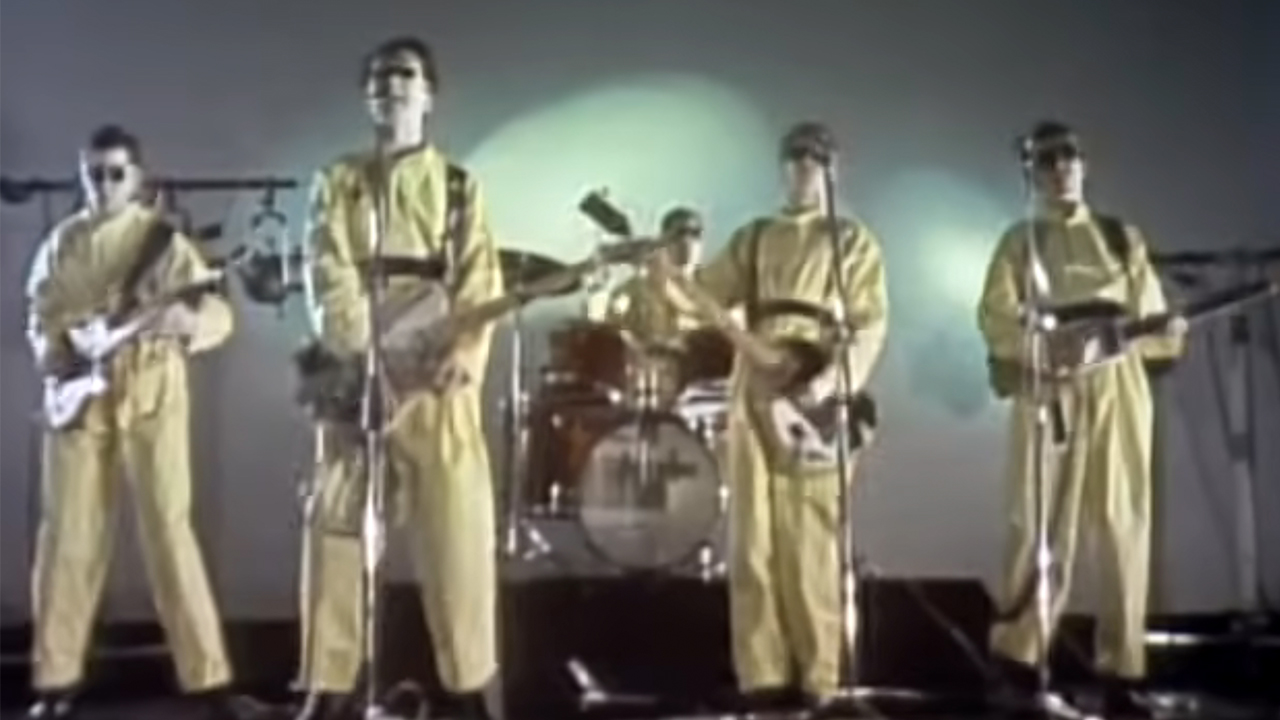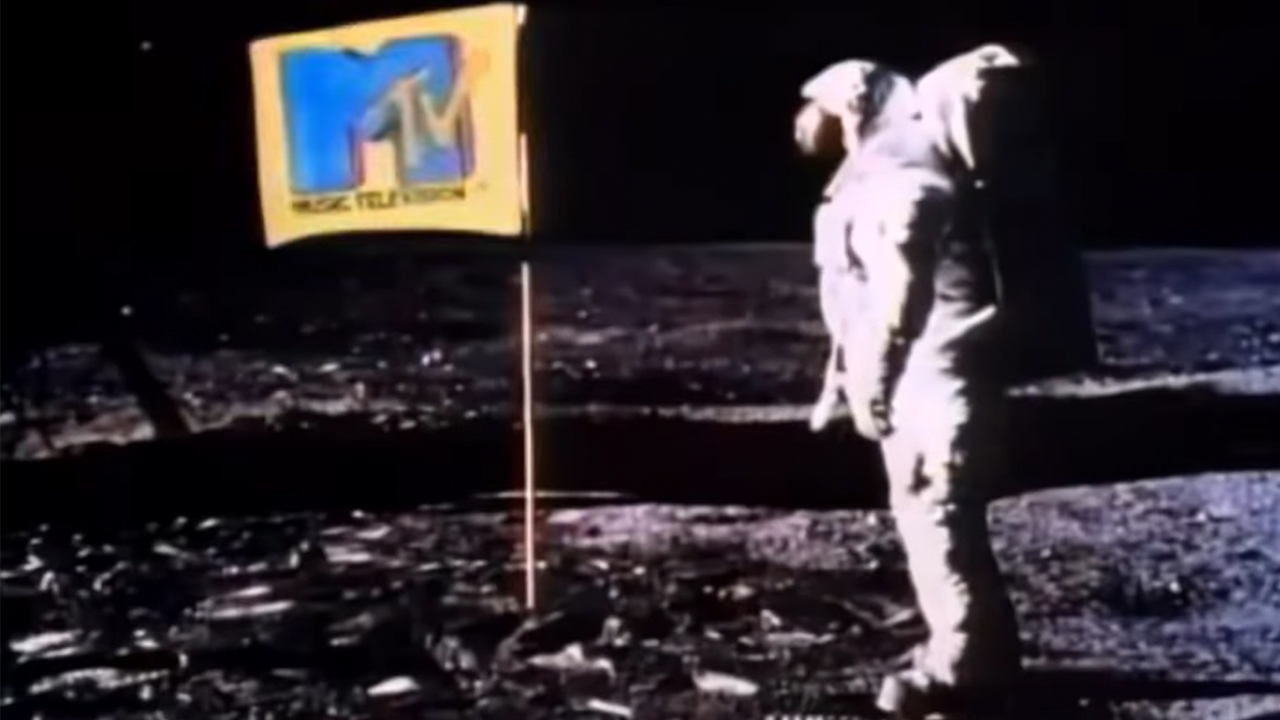
There is a fantastic new documentary about the chronically underrated band Devo, which you can watch with a Netflix subscription. I’ve been a huge fan of Devo for years, and I think the documentary does an excellent job explaining the artistic ethos of the band and how they were as much a subversive art collective as they were a band. It also reminded me how cool MTV was in the very beginning, because the network had a limited amount of music videos that they could play, including lots of Devo videos.

Devo Made A Ton Of Videos To Accompany Their Songs
Music videos, in more or less the same form that MTV made so popular in the 1980s, date back to the 1960s, but very few bands bothered to make them. They were pricey, and there really wasn’t anywhere to sell or even air them. Devo, with its DIY aesthetic and ethos, and co-leader Mark Mothersbaugh (who is now best known for his unconventional movie scores) didn’t care about how videos would reach the public; they just wanted to create art for art’s sake. In this excellent music documentary, they talk about those videos.
Starting with their first album, Q. Are We Not Men? A: We Are Devo!, the band produced videos to go along with many of their songs. They made them for songs like their first single, a cover of The Rolling Stones’ “I Can’t Get No Satisfaction,” and other popular songs like “Jocko Homo” and "Come Back Jonee." They tried to release these videos as part of bigger video projects, but were thwarted by the powers that be.

Along Came MTV, So Devo And Other Bands Had A Place For These Videos To Be Scene
When MTV launched in 1980, with its original crew of “VJs,” the first video, famously, was “Video Killed The Radio Star” by The Buggles, a band not dissimilar to Devo. Filling 24 hours of the day with music videos was tricky for the network in the beginning, because there just weren’t a ton of options. That meant something very cool happened – bands that didn’t get a lot of radio airplay, like Devo, suddenly found themselves getting their songs on MTV a lot, because they actually had the videos available.
Devo wasn’t alone. Similarly-minded DIY bands like The Residents, The Silencers, Kate Bush (in the days before Stranger Things made her even more famous), and Bloto all had videos ready to go when the network launched, and as a result, all had songs in heavy rotation in the early years. For kids like me in the Midwest, it opened our eyes to all kinds of music we had never been exposed to, and even then, I loved the weird aesthetic of these bands and videos. They became foundational to what I love about music, which is often "the weirder, the better."
Before long, record companies figured out just how much of an impact a video could have on record sales, and soon every pop artist under the sun was creating big-budget videos with stars in them that became the staple of mid-’80s MTV, before moving away from videos in the ‘90s. However, I’ll always prefer those early days with subversive art bands like Devo getting much of the attention.







